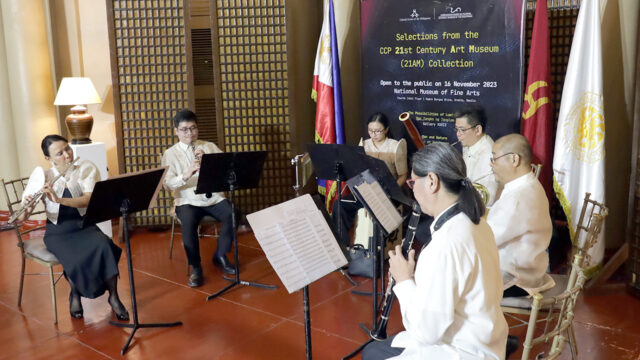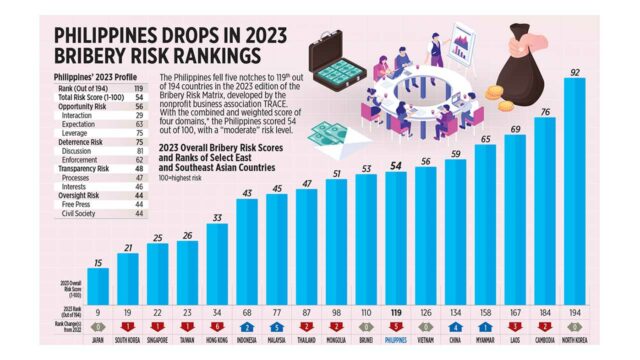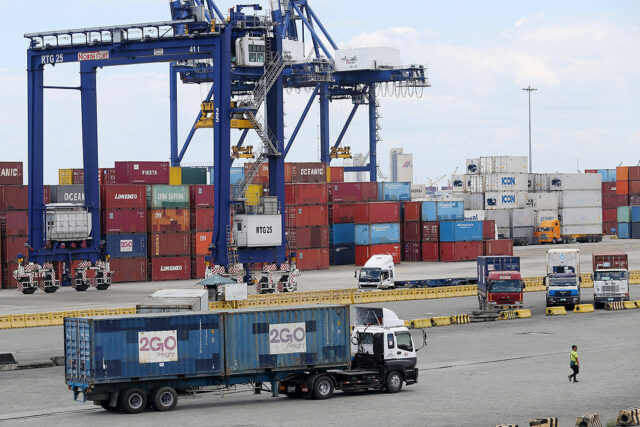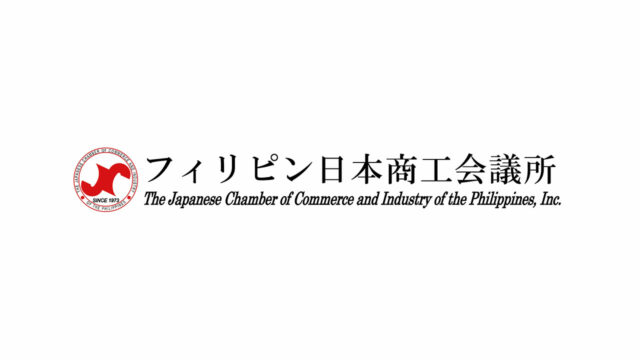THE Maharlika Investment Fund (MIF) has the potential to succeed if properly managed, but must address governance issues and the possible threat to fiscal stability, the ASEAN+3 Macroeconomic Research Office (AMRO) said.
“With a strong legal framework, the MIF has the potential to be a successfully managed national investment fund,” AMRO said in its latest Annual Consultation Report.
“However, the MIF’s success would also depend on the actual implementation of the law and whether the fund is operated with a robust risk management framework, taking cognizance of the potential risks and governance concerns addressed earlier,” it added.
The revised implementing rules and regulations (IRR) of the law creating the MIF was released earlier this month after being suspended by President Ferdinand R. Marcos, Jr. in October to improve its organization structure.
Shortly after, Mr. Marcos announced the appointment of Rafael D. Consing, Jr. as chief executive officer (CEO) and president of the Maharlika Investment Corp. (MIC), which is tasked to manage the fund.
AMRO said that the MIF is more of a national investment fund as it will invest “mainly within the country to support national development strategies.”
It said this is in contrast to sovereign wealth funds, which are “state-owned investment funds comprising money generated by the country.” It also noted that sovereign wealth funds typically invest overseas using funds from surplus revenue from oil, natural resources, or fiscal surpluses.
Mr. Consing in a recent briefing said that the MIF is a “sovereign national development fund.”
“There’s a very big difference between a sovereign development fund and a sovereign wealth fund. A sovereign wealth fund typically presupposes the investment of excess financial assets, of which this fund is not, but rather a sovereign national development fund is one wherein it is being invested in the country particularly in terms of developing the needs of the country,” he said.
AMRO said that the fund is expected to enhance investment capital to boost economic growth and job creation, promote infrastructure development, and attract foreign investment.
On the other hand, AMRO also noted the potential risks with the operations of the fund.
“While the new MIF Act has laid down a strong legal framework, at the operational level, the authorities should clearly define its role in infrastructure investment with appropriate governance stipulated to avoid misuse of funds. The MIF should be run by professionals and the board should comprise independent directors,” it said.
“There could be a risk in terms of governance, especially if the fund’s role in infrastructure investment is not clearly defined, which could lead to misuse of funds and lack of accountability,” it added.
It recommended that the fund should have clear guidelines on what assets it can invest in, including “rigorous due diligence and risk assessment” especially for investments in infrastructure projects.
“Given the MIF has to ensure long-term value and promote socio-economic development, there could be a risk that the different goals might be at odds with each other in some investments, for instance, there could be a trade-off between the rate of return and the public good nature of certain projects,” it said.
Mr. Consing earlier said that the fund will focus its investments on key areas such as tourism infrastructure, agro-urbanism, energy security, and digital infrastructure.
AMRO also said government agencies’ contributions to the fund could “crowd out planned expenditure in other areas.”
“Although the contributions to the MIF’s capital from government financial institutions (GFIs) are relatively small compared with the size of their investible funds, there could be some impact on the institutions’ financial position in the event of losses,” it added.
Under the law, the Land Bank of the Philippines (LANDBANK) and the Development Bank of the Philippines (DBP) are required to contribute P50 billion and P25 billion, respectively, for initial funding of the MIC. The MIC has an authorized capital stock of P500 billion.
Earlier concerns were raised by analysts that the state banks’ contributions could impact their financial stability.
In a Palace briefing on Tuesday, Finance Secretary Benjamin E. Diokno said that he is “confident” that the fund will be operational by the end of the year.
He also confirmed that the remaining vacant positions in the MIC board have yet to be filled.
“I understand the advisory body has submitted the list, but I don’t think there has been an appointment… I have not been informed of any appointment,” Mr. Diokno said.
These include the two regular directors and three independent directors.
Apart from these positions, the MIC board is also composed of the Secretary of Finance as ex-officio chair, the MIC president and CEO as the vice chair, the LANDBANK president and CEO, and the DBP president and CEO. — Luisa Maria Jacinta C. Jocson



















